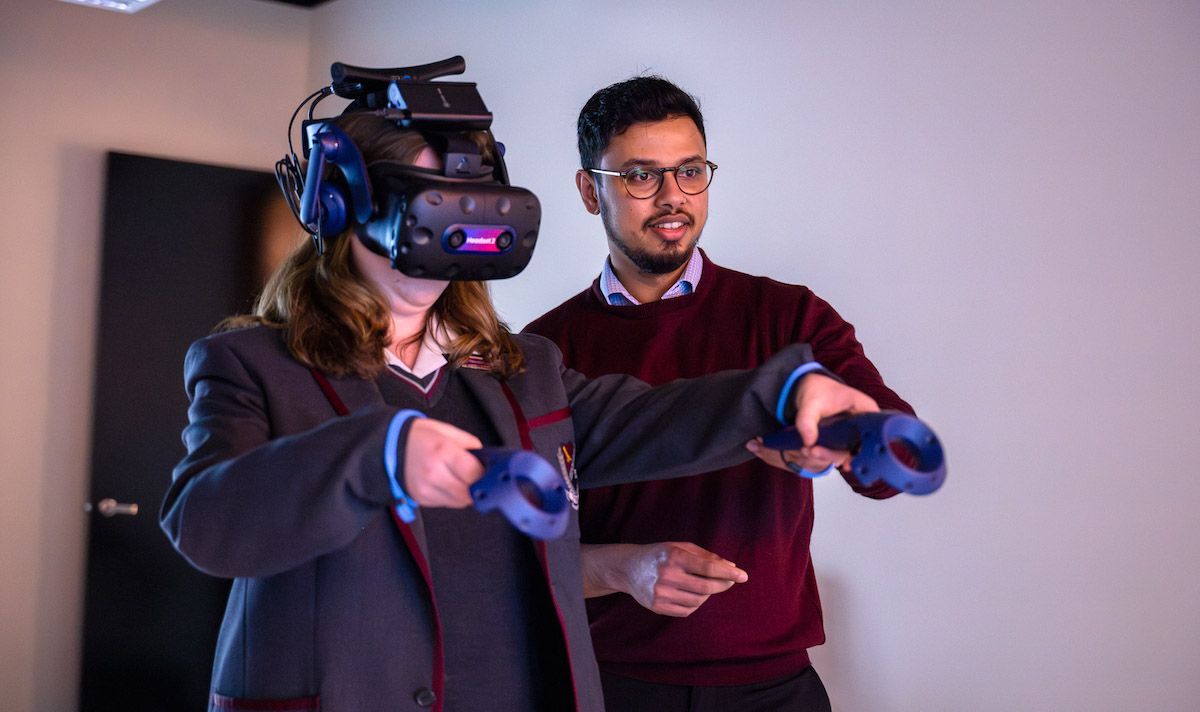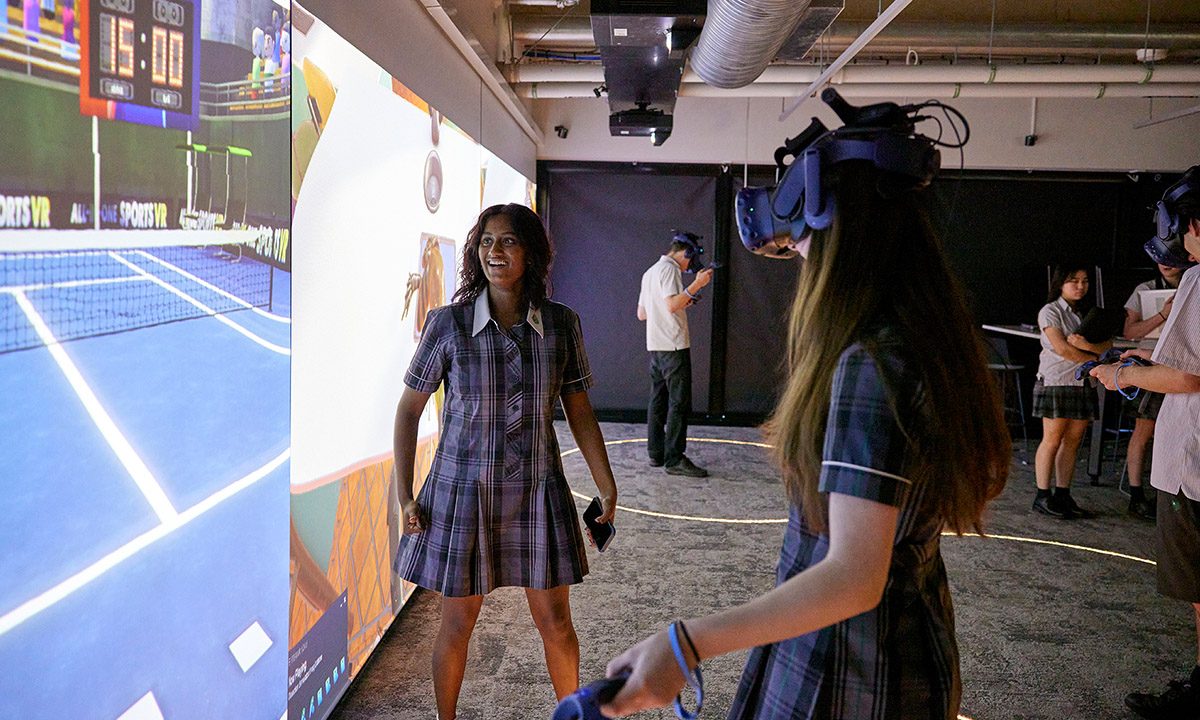Author: Shai Coggins, Learning and Teaching Innovation Manager
Date: 16th Jan 2024
Realising the Potential of AR and VR Technology in Your Smart Classroom with a Lumination Learning Lab
Lumination Learning Lab brings augmented and virtual reality technology to the classroom in a meaningful way, providing students of today with the tools to strengthen their confidence, build engaging learning environments and increase learning outcomes. To achieve this, we’ve built our Lab solutions around a station-based learning framework, giving young learners the chance to develop independent problem-solving capabilities while also collaborating with peers and working closely with teachers.
The station-based learning framework offers real advantages for students and teachers alike. Whether supporting varied, engaging, and active learning experiences, creating a collaborative learning environment or breaking complex tasks down into manageable milestones, station-based learning is redefining what’s possible in the classroom.
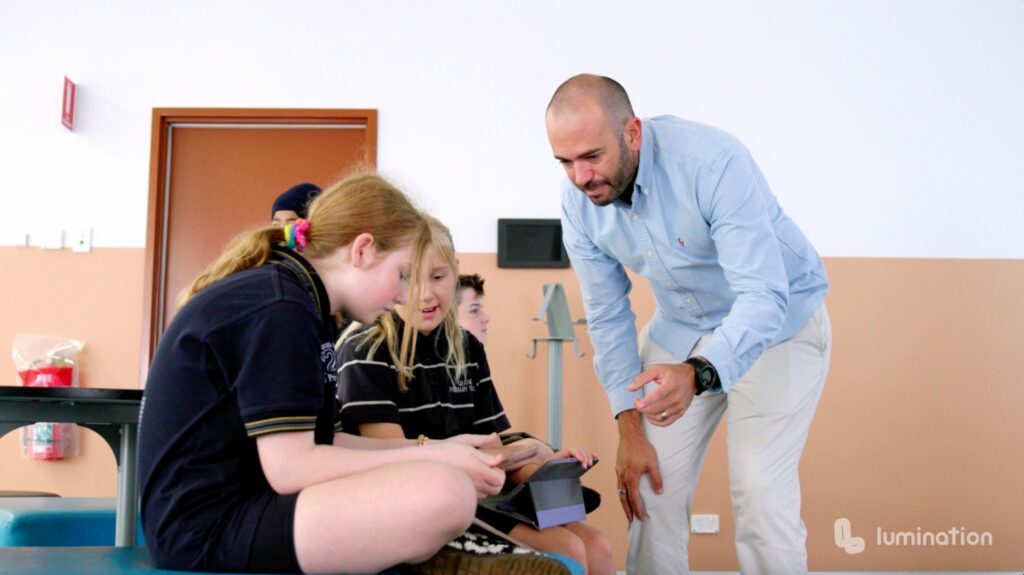
Effective Station-Based Learning
There are many ways teachers can design station-based learning in the classroom.
We currently recommend four different types of stations that work well in an immersive learning environment; a teacher-based station, a technology station, a creation station and a research, feedback, and reflection station.
Teachers may choose to use all four types of stations in a lesson, or select just two or three depending on time, resources, and lesson aims. Each station is usually designed to compliment one another, each one building on students’ skills and knowledge of the subject matter.
Let’s take a look at how each of these stations works within the Lumination Learning Lab and how this station-based learning approach helps students and teachers utilise the technology to thrive in an immersive environment.
Teacher-Based Station
The teacher-based station serves as a focal point for direct interaction between the teacher and students. It ensures that the teacher plays an active role in the learning process, guiding and supporting students as they work through the learning material. This approach is particularly effective for addressing individual learning needs and promoting a more personalised and engaging learning environment.
In this station, the teacher is actively engaged with a group of students. This station may involve direct instruction, clarification of concepts, answering questions, facilitating discussions, or providing additional support to students who need it.

Technology Station
A Technology Station in station-based learning in an immersive lab is a designated area where students utilise educational technology tools to enhance their learning experience. Equipped with devices like handheld VR devices (HHVR), AR devices, Merge Cubes, computers, or tablets, this station integrates educational software, online resources, and collaborative platforms to align with curriculum objectives. It fosters differentiated learning, accommodating diverse styles and paces, and encourages digital literacy development.
Teachers facilitate activities, troubleshoot technical issues, and guide students in utilising technology effectively. Formative assessment tools provide real-time feedback, and project-based activities promote creativity and problem-solving through multimedia projects or coding. The station adapts to evolving needs, staying abreast of emerging educational technologies for a dynamic and student-centered learning environment.
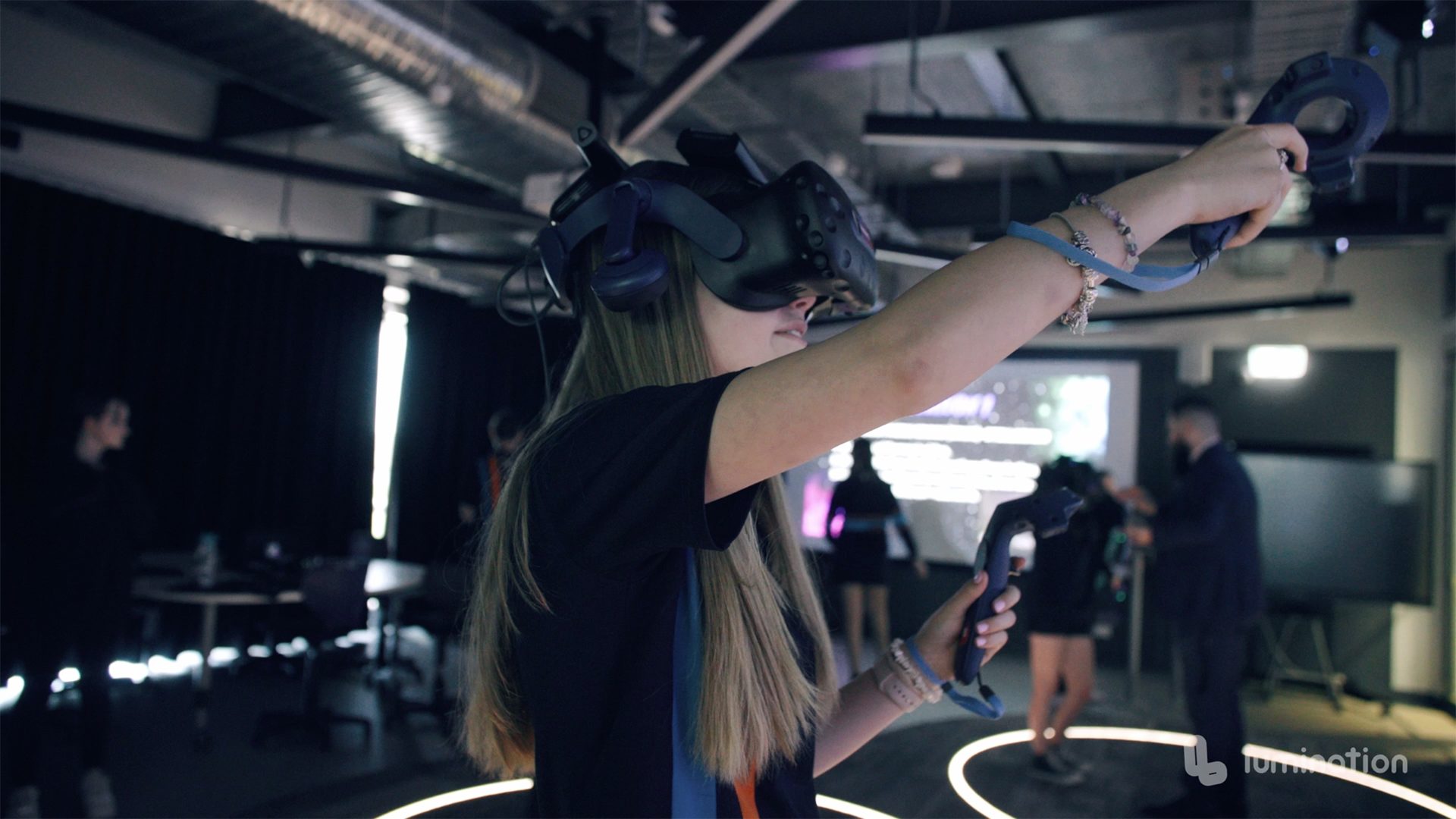
Creation Station
The Creation Station in the Lumination Learning Lab is a dedicated space where students actively create content. with the use of emerging technologies. Equipped with XR devices and creation tools like VR headsets and 3D modeling software, this station promotes project-based learning through the development of immersive experiences. Students engage in activities such as designing virtual simulations, crafting 3D models, and incorporating multimedia elements to enhance the learning environment.
The Creation Station fosters collaborative experiences, enabling students to work together on XR projects within the virtual space. Teachers play a vital role in guiding students through the use of XR tools, offering technical support, and facilitating discussions about the educational implications of immersive content creation.
Aligned with the curriculum, the station integrates XR creation activities to meet specific learning objectives. Students not only create content but also explore immersive experiences designed by their peers, promoting a deeper understanding of diverse perspectives.
Feedback mechanisms within the XR environment allow for formative assessment, enabling teachers to assess student progress and provide guidance. Additionally, encouraging reflective practices helps students consider the impact of immersive technologies on their learning and enhances critical thinking.
In essence, the Creation Station in XR immersive learning brings a transformative dimension to station-based education, empowering students to actively shape virtual and augmented reality content for educational purposes.
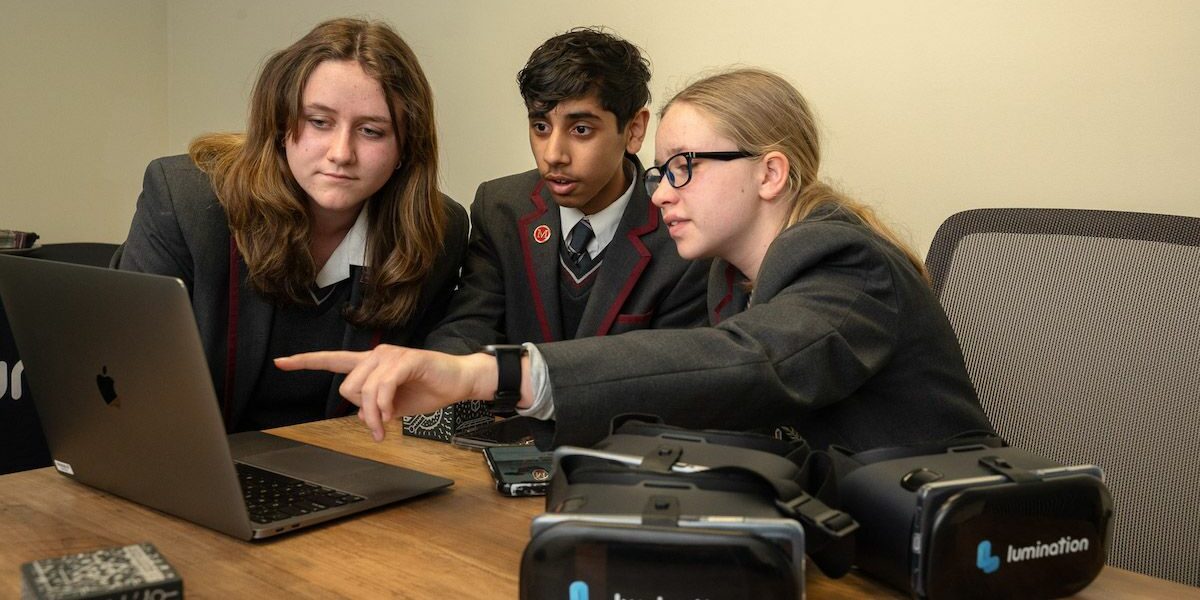
Research, Feedback, and Reflection Station
The Research/Feedback/Reflection Station is where students may conduct research and brainstorming activities that support their learning of their assigned topic. They may access virtual libraries and databases, as well as work on collaborative boards, digital notebooks, journals, and other resources.
This is also a space where students may work on prompts that help them to contemplate their learning experiences, fostering self-awareness and metacognition. Peer collaboration is encouraged, enabling collective research efforts and collaborative feedback sessions. Interactive assessments and quizzes related to research topics offer immediate feedback, enhancing understanding.
Aligned with curriculum objectives, the Research/Feedback/Reflection Station ensures that research activities and reflections contribute to overall learning goals, providing a comprehensive and enriching XR learning experience.
Getting the Best from Station-Based Learning with the Lumination Learning Lab
Discover how the Lumination Learning Lab is updating the station-based learning framework for a new generation. Book your demo of the solution today, and explore the possibilities of AR and VR technology in your classroom.

